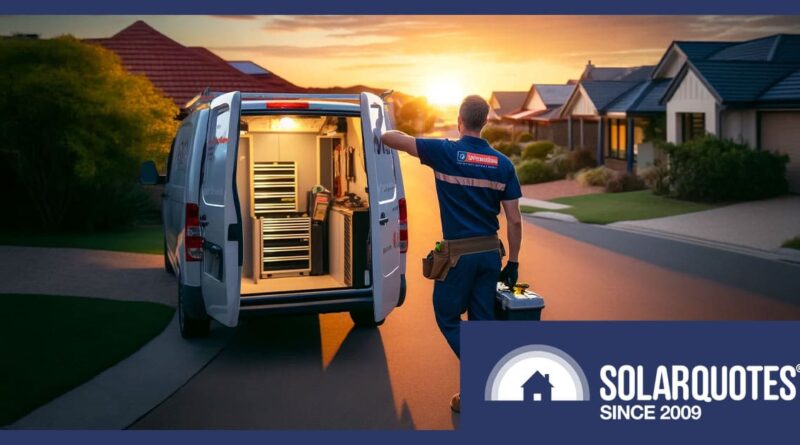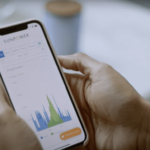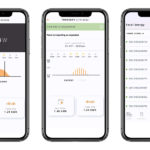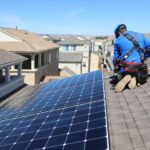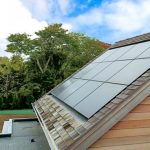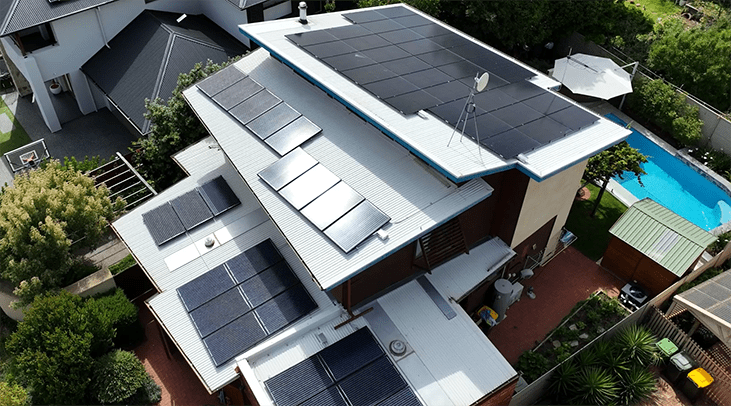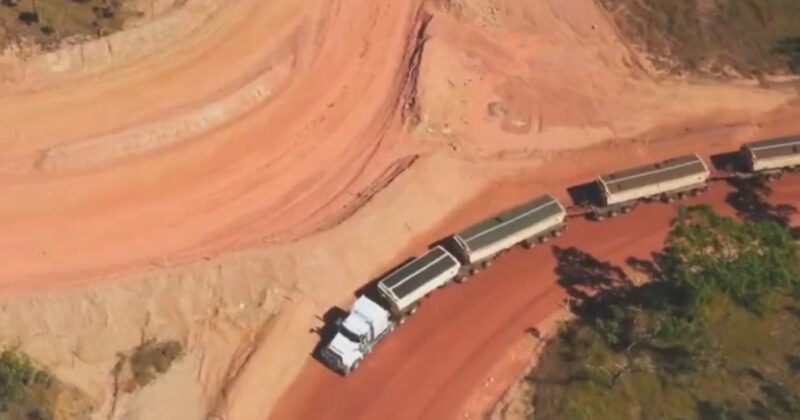Four Things You Should Check Before Your Solar Installers Leave
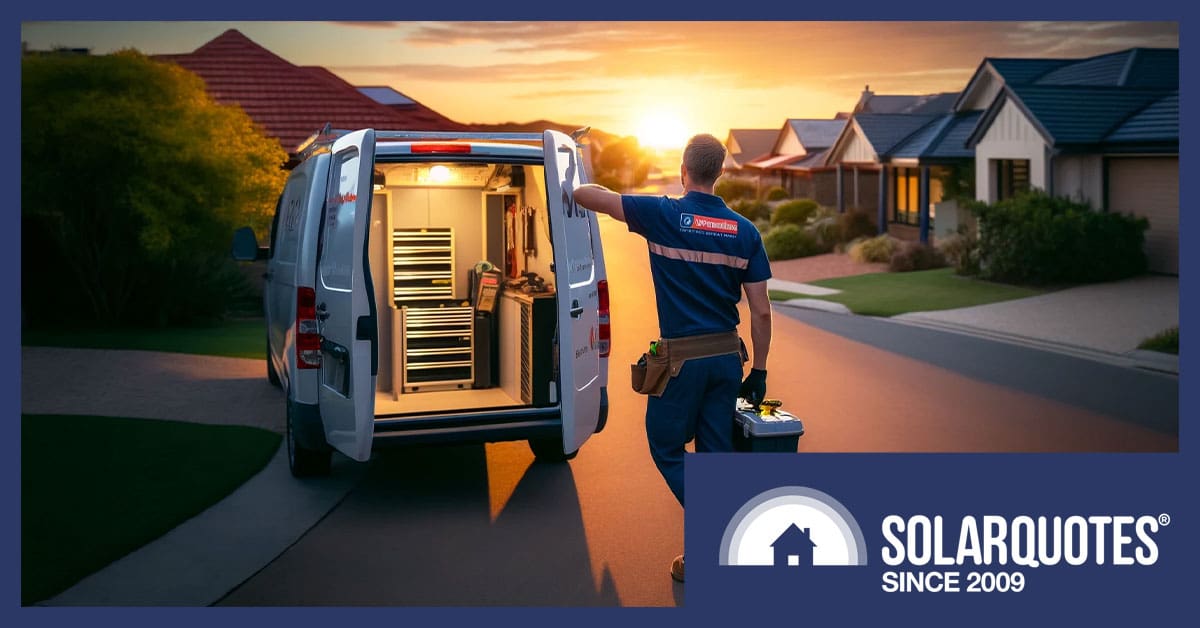
Welcome back to our monthly chat. I’m Pat from Southwell Solar Inspections. In my line of work, I get to chat with system owners after the solar installation team has packed up and moved on. It’s a unique chance to hear how the system is running once the initial excitement has faded.
I’ve found four critical things to get right on the day that are key to a happy customer.
Installers should read this because – if forgotten – you can expect an upset customer and the chance of the dreaded one-star review. But if these things are sorted on the day, you’ll likely have a customer beaming with pride, five stars on the web, and a lower customer support burden over time.
Homeowners gearing up for a solar installation should stick around, too. If you proactively ensure these are addressed before the installer team packs up and leaves, it will make any inspector’s life easier and your solar ownership experience happier.
#1 Check Your Monitoring
Think of monitoring your solar system as your home’s energy dashboard. It’s essential and usually, you’ve paid for this feature in your system’s price tag, including the setup. Just like you wouldn’t ignore your car’s dashboard, you shouldn’t overlook your solar monitoring.
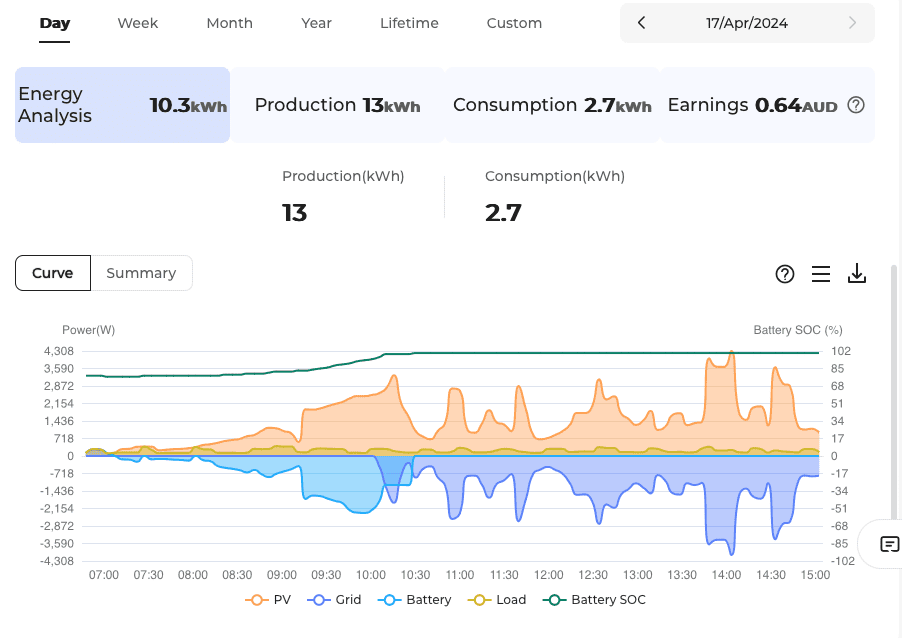
What Goes Wrong
Sometimes, after a busy day on the roof, installers might wrap up their work without properly commissioning the system, even finishing after dark, which means they can’t test the monitoring when the system is generating power. Or they might stumble with the Wi-Fi connection and pass the buck to the homeowner to sort it out with vague promises of follow-ups that never happen.
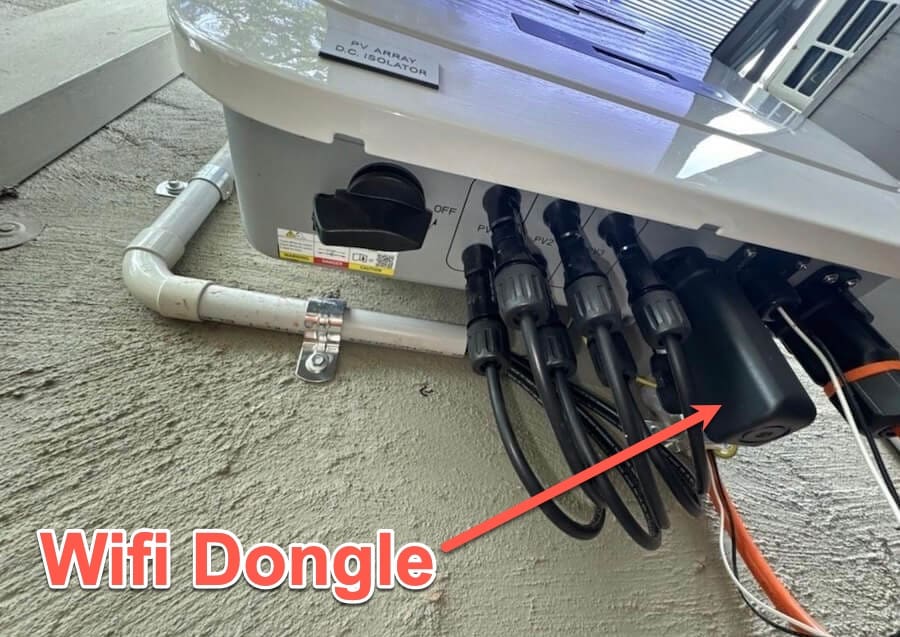
WiFi dongle connected to the inverter. However, this was never connected to the monitoring platform.
Fixing the Issue: The setup of monitoring should be a no-brainer for installers; it’s as much a part of the installation as the solar panels or home battery. Homeowners, remember that monitoring is your right, not a bonus. If it’s not working, remind your installer it’s part of what you paid for and insist on a fix. If they’ve commissioned the system in the dark and you’re left in the lurch, don’t be left wondering. Get on the phone with the installer or the retailer immediately. You deserve a fully functional system from day one.
#2 Missing Documentation
Why Docs Matter
Just like you wouldn’t drive off the lot without the owner’s manual and service records for a new car, the same goes for your solar system. The Australian installation standards AS/NZS 5033:2021 and AS/NZS 4777.1:2016 aren’t just guidelines—they’re the rules of the road, requiring that you receive thorough documentation. These papers are the key to understanding your system and claiming warranties. They might even be necessary for insurance claims down the track.
The Missing Pieces
Homeowners left without the critical documents post-installation is more common than it should be. Sometimes, it seems the installers didn’t bother or just forgot. But forgetting isn’t an excuse; providing a documentation package is a requirement.
How to Make Sure You Get Your Docs
For installers, it’s simple: follow the standards and keep a checklist. Make sure every homeowner gets a complete set of documents. For tech-savvy companies, providing a QR code in the main switchboard or meter panel for easy access to digital documents is the gold standard—aim for this.
Homeowners, be proactive. Ask for these documents from the start—either in print or via email. Ensure you have all the user manuals, warranty docs, and compliance certificates. It’s part of the deal, and you’re entitled to it. Don’t settle for less.
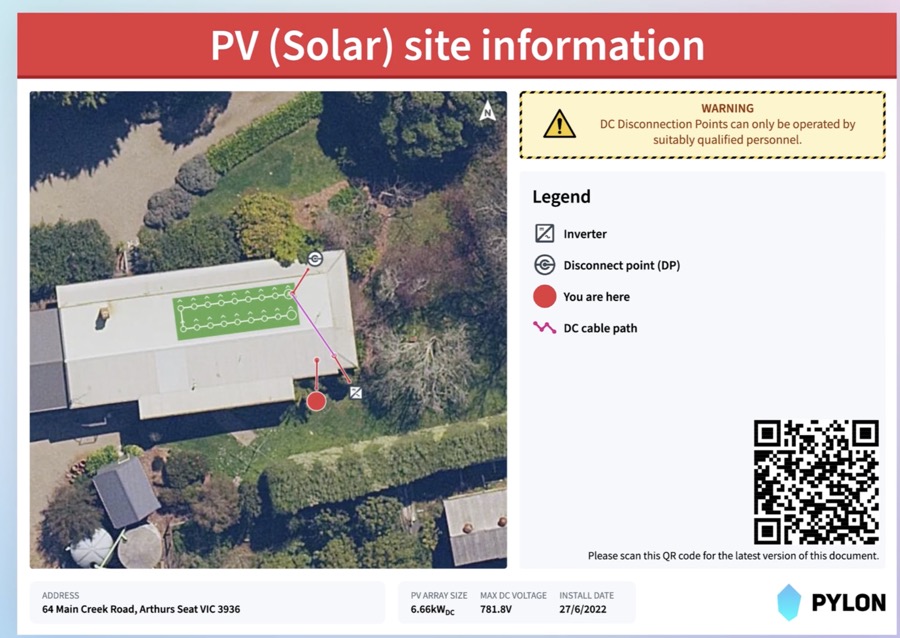
An example switchboard label. The QR code works – scan it to see the example documentation package (click on the house in the top left corner of the QR-linked site plan to see the links for the User manual, Component Documentation, Commissioning Report and Maintenance logs).
#3 Confirm Any Roof Damage
Why This is a Big Deal
Imagine this: your system is all set up, but the installer leaves behind a trail of minor roof injuries—a chipped tile here, a shift in the ridge pointing there, maybe even a sneaky crack repaired with silicon. Sure, these seem like small fries now, but untreated, they’re brewing storms for leaks in your sanctuary.
What’s Being Missed
Too often, these little damages don’t make the report. Installers might overlook a cracked corner or hastily cover a break with silicon, hoping it holds. But you, the homeowner, should be clued in. These aren’t secrets to be kept; they’re potential headaches to prevent.
A tile snapped in half horizontally and then silicone up by the installers. The homeowner was not advised.
How to Avoid and Fix Roof Issues
Installers, we understand that dented iron happens and broken tiles are sometimes impossible to avoid, but thorough checks after installation are a must. Spot a problem? Don’t just patch it up and hope for the best—inform the homeowner. Transparency is always best.
And homeowners, it’s your castle; protect it. Get in the habit of snapping photos of your roof before and after the installation—timestamped, for truth’s sake. These can be invaluable for future follow-ups. Because when it comes to your home, being in the know means staying on top—quite literally.
#4 Understand System Maintenance
Keeping Things Running Smoothly
Proper maintenance is key to ensuring your solar system stays efficient over the years. There’s a lot of guidance out there now, so even if it’s not initially provided, you’re not left without resources.
What Often Gets Forgotten
Unfortunately, some homeowners are left clueless about system maintenance because they’re not informed. And let’s set the record straight—solar systems are not ‘set and forget’ devices. Some installers incorrectly claim they require zero maintenance, or they suggest using harsh chemicals or high-pressure washers, which can damage your system.
Teaching the Basics
To all installers, part of your responsibility is to educate the homeowner on basic system care. This is easy and will greatly benefit the system’s long-term performance. Maintenance instructions should be included as part of the essential documentation package. And consider providing a straightforward guide for homeowners to refer to.
Conclusion and Call to Action
These four details can greatly impact how customers experience buying and owning their solar systems. It’s about completeness and care in the entire installation process. If I’ve missed something, I’d love for you to leave a comment below. It’s through sharing our experiences that we can all learn and improve. Let’s work together to improve solar and battery installations.
Thank you for reading and being part of the discussion!
Original Source: https://www.solarquotes.com.au/blog/solar-installation-check-up/

